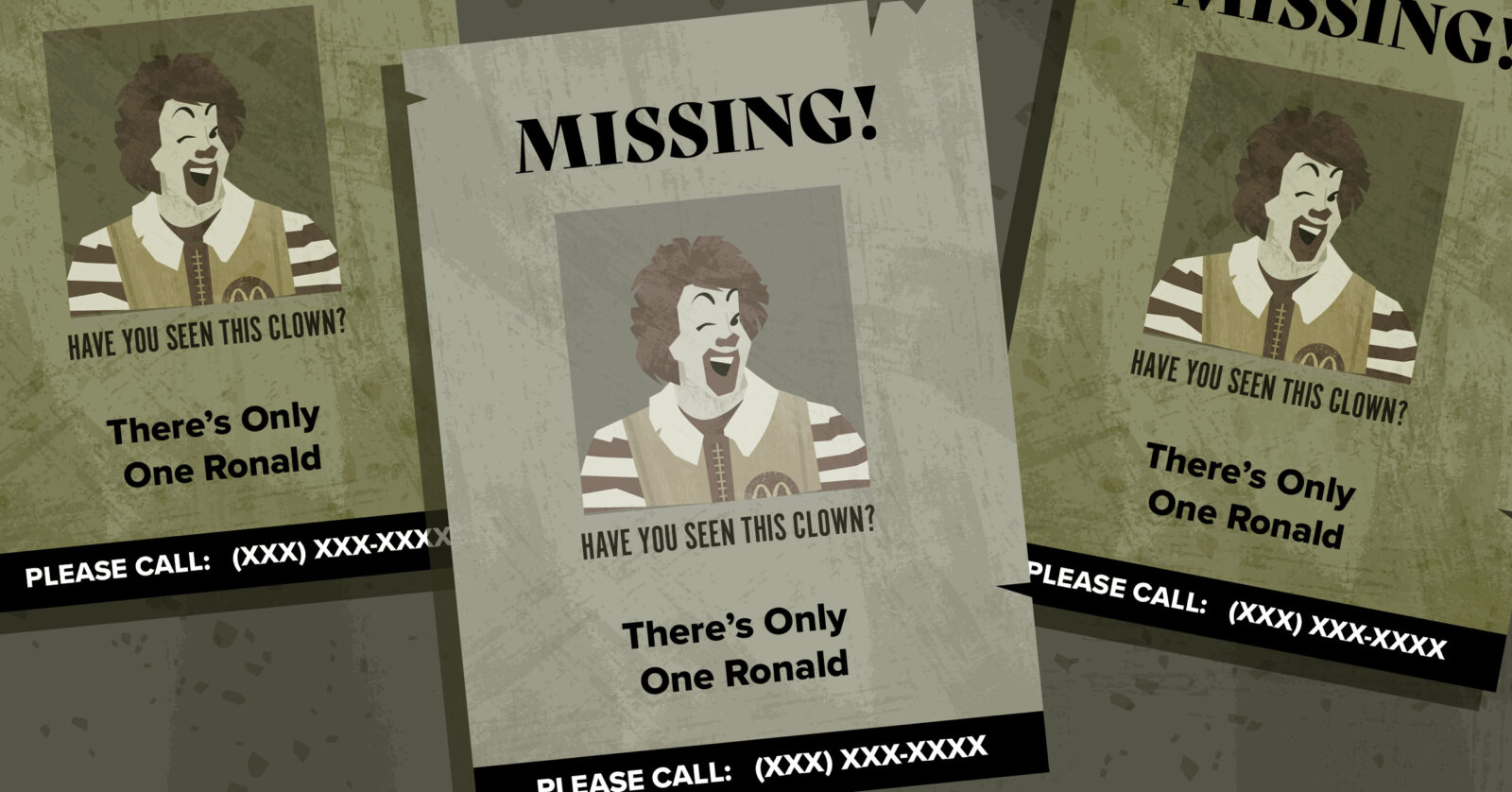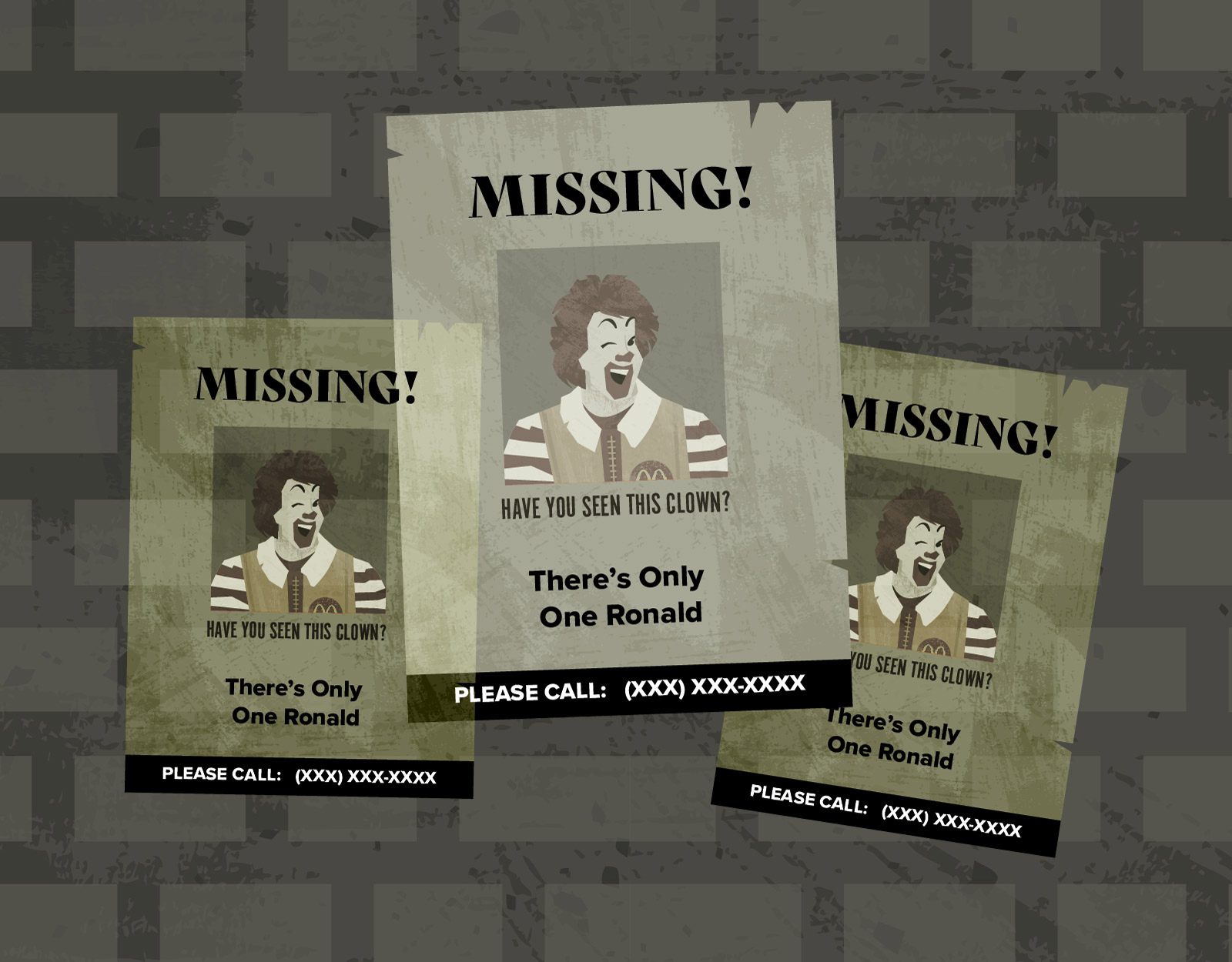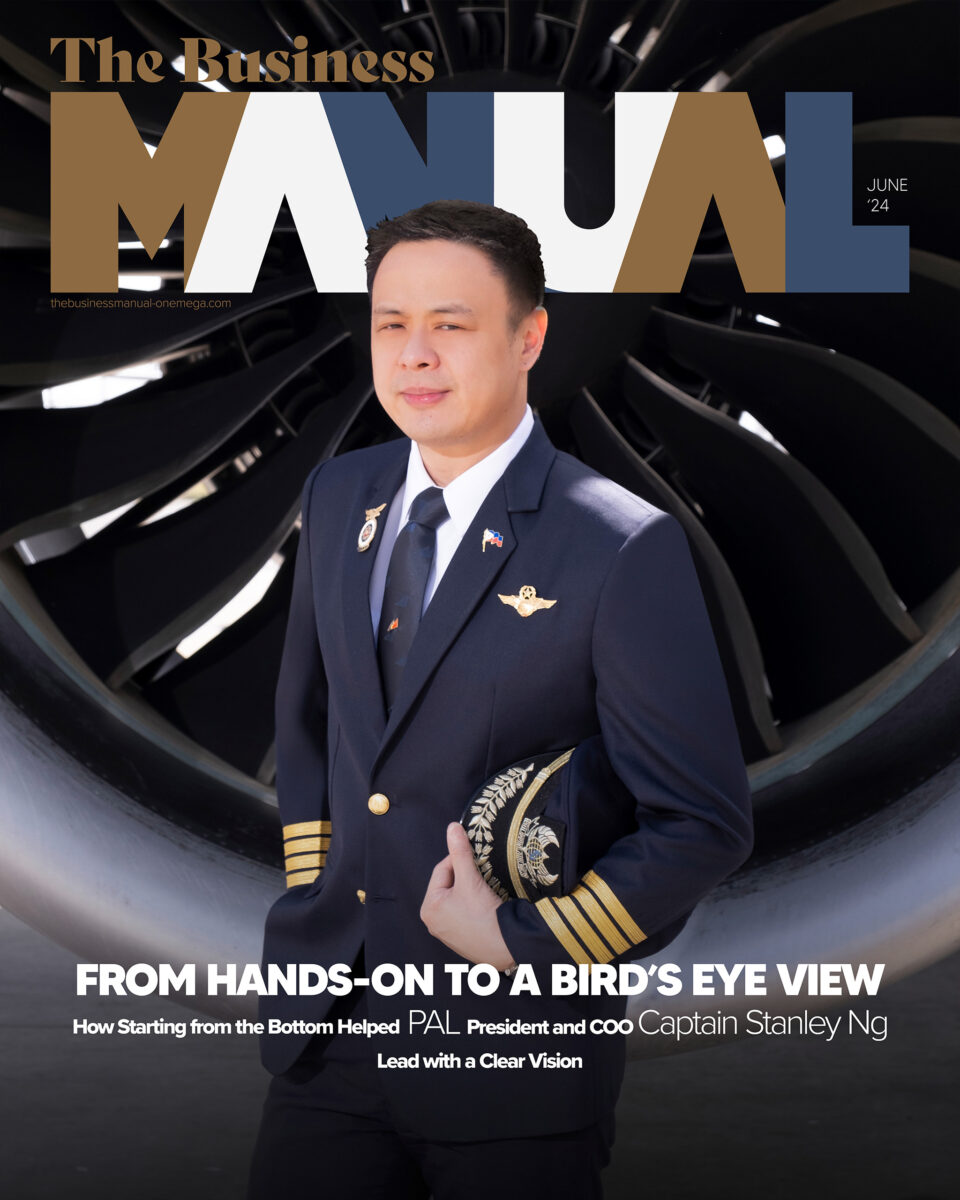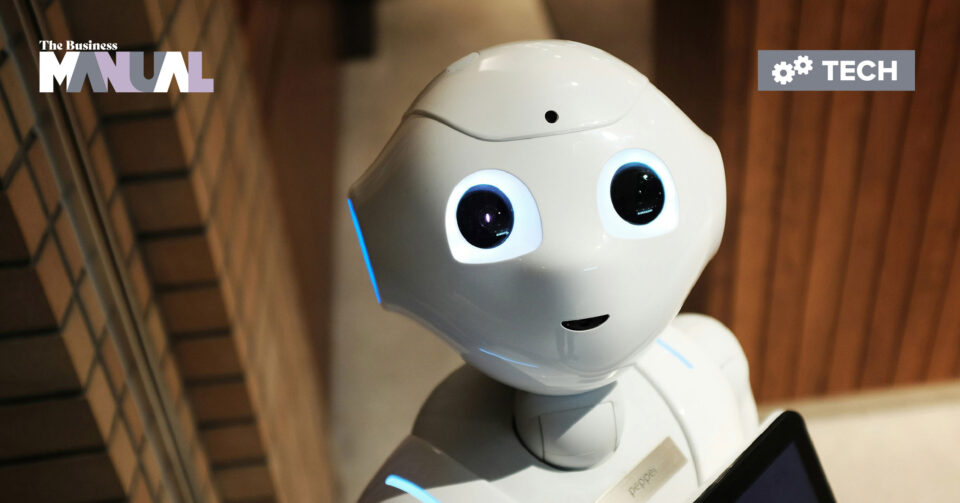Whatever Happened to the Clown Mascot Ronald McDonald?

The beloved clown mascot has been noticeably missing-in-action in the past few years
Ever entered a McDonald’s lately and wondered just where Ronald McDonald is? The fast food chain’s beloved clown mascot has been around, believe it or not, since 1963. At the height of the clown’s popularity, he was seen not just in McDonald’s stores portrayed by different people, but also on merchandise and even in commercials.
So why has Ronald McDonald been rarely seen in recent years? The answer to this question lies in a scary, dangerous trend that creeped out a lot of people in 2016.
Who is Ronald McDonald?
To understand what happened to McDonald’s once-famous clown mascot, it’s important to first discuss the character’s beginnings.
The clown mascot’s beginnings can be traced back to another clown character popular in the 50s and 60s known as Bozo the Clown. A character geared towards children, Bozo made his television debut when Bozo’s Circus began airing in 1949. A franchise property, the show was broadcast on local television stations, and each station had its own Bozo the Clown.
Due to its popularity, many local businesses took advantage of the popularity of Bozo’s Circus. In particular, a McDonald’s franchise in the Washington D.C. area asked the actor playing Bozo in the area to help create commercials for McDonald’s that cater to children.
This is how Ronald McDonald, the Hamburger-Happy Clown came to be. He made his debut in 1963 as the creation of actor and comedian Willard Scott. The clown, played by Scott himself, first appeared in three commercials in the Washington D.C. area.
The first ever clown mascot is far from the clown mascot that everyone remembers today. He had a tray for a hat and a cup for a nose. However, the first mascot already had the ketchup-and-mustard scheme that the clown eventually became known for.
‘There’s Only One Ronald’
Ronald McDonald’s popularity just soared from that point on. After the three commercials that aired in Washington D.C., the fast food chain decided to take the clown mascot to the national level. Unfortunately, that decision meant that Scott was dropped from his role. On the flipside, it also called for changes to the clown’s physical appearance that resulted in the look everyone is more familiar with.
In the 1970s, McDonald’s began producing commercials featuring Ronald that were set in a fictional fantasy location known as McDonaldland. The fast food chain likewise decided to add more mascots to attract children, including Grimace and The Hamburglar.
Ronald McDonald was such a success that, according to Reader’s Digest, “the only fictional character with a higher degree of recognition than Ronald McDonald is Santa Claus.” The clown has also featured in nearly every Macy’s Thanksgiving Day Parade since 1987.
It can be argued that part of its success among children is due to the fact that McDonald’s itself doesn’t even like acknowledging that Ronald is a fictional character, adding to its mystique. When asked in 2011 about how many actors had played the red-headed clown, a company executive reportedly answered, “There’s only one Ronald.”

Health Officials Push to Retire Ronald McDonald
Ronald McDonald’s popularity was maintained for decades, but things began to turn sour for McDonald’s “Chief Happiness Officer” in 2011.
In an effort to end the marketing of unhealthy food to children, over 550 health professionals signed a letter asking the fast food chain to retire their iconic clown mascot. This letter was then turned into a full-page advertisement that appeared in major newspapers all over the United States.
Despite the protests of these health professionals, McDonald’s was firm in its stand that Ronald McDonald was going nowhere. Only 6% of the company’s shareholders agreed with the proposal to retire the mascot.
2016 Clown Sightings
What ultimately drove the nail to the coffin took place five years after the newspaper protest by health professionals. So-called “creepy clown” attacks began appearing in news reports in August 2016, which caused the issue to become a trending topic on social media. According to various reports, these sightings and attacks were taking place not just in the United States, but also in other countries.
Many of these incidents were merely hoaxes and pranks, others were more harmful in nature. There were multiple reports of people being attacked by creepy clowns. Other reports said that members of the public saw clowns carrying weapons, causing people to run away in fear.
The “creepy clown” trend ultimately spelled the end for Ronald McDonald. Recognizing the public’s fear and discomfort towards clowns, McDonald’s released a statement regarding its iconic mascot.
“McDonald’s and franchisees in the local markets are mindful of the current climate around clown sightings in communities and as such are being thoughtful in respect to Ronald McDonald’s participation in community events for the time being,” the statement read.
An Icon Fades Away
Trends come and go quickly in this day and age, especially with how fast things can go viral on social media. While it was claimed that the incidents began as a marketing campaign for a short film called Gags, the “creepy clown” trend did more than just scare people in its few months of being viral. It ended Ronald McDonald’s decades-long tenure as the fast food chain’s primary mascot, affecting the marketing campaigns of McDonald’s.
In recent years, the red-headed clown has featured less and less in McDonald’s marketing and advertising efforts. A quick visit to any McDonald’s store will show that he can no longer be found everywhere.
However, the once-loved clown mascot has not disappeared entirely. He can still be seen every now and then, particularly in nostalgia posts on social media. He likewise makes occasional appearances during events for the Ronald McDonald House Charities and the Macy’s Thanksgiving Day Parade.
While Ronald McDonald is now an icon of nostalgia, he is also a reminder of how trends, quick as they come and go, can leave a longer-lasting, and even permanent, effect.






